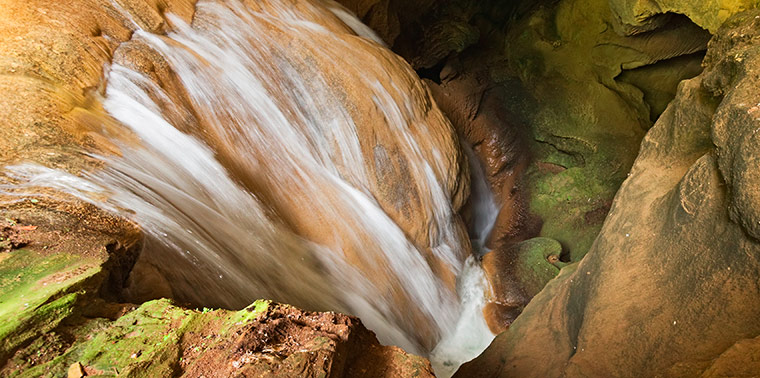November 16, 2015 — Groundwater has long been an important resource for irrigation, drinking water, energy production and more, but getting a clear picture of how much is available and being recharged over time has been a challenge.
Now an international group of hydrologists led by Tom Gleeson, engineering professor at the University of Victoria, with fellow researchers from the University of Texas at Austin, the University of Calgary and the University of Göttingen, say they’ve produced the first data-driven estimate of Earth’s total supply of groundwater — with a focus on “modern” groundwater.
Writing in the journal Nature Geoscience, the researchers estimate the total volume of groundwater in the upper 2 kilometers (1.2 mile) of Earth’s crust to be 22.6 million cubic kilometers (5.4 million cubic miles) — an amount that if extracted and spread evenly across Earth’s land surface would be 180 meters (590 feet) deep.
Perhaps most interesting was the study’s focus on “modern” groundwater, or groundwater that is less than 50 years old.
Using geochemical, geologic, hydrologic and geospatial data sets, the researchers estimated this newer groundwater accounts for at most 6 percent of all groundwater in Earth’s uppermost layers. This number is important because it represents roughly the amount of groundwater that can recharged in little less than a human lifetime.
Furthermore, the study provides an important differentiation between older and more modern groundwater. Older, deeper groundwater is what we typically use for agriculture and industry and may be brackish, saline or low quality, whereas newer, higher quality groundwater closer to the surface is critical to overall aquifer health and recharge, yet may be more susceptible to contamination and climate change.
According to Gleeson, this new research differs from GRACE and other technologies previously used to assess global groundwater resources.
“GRACE measures the change in the mass of the earth, which is often interpreted to be due to the depletion of groundwater, but it cannot estimate the total groundwater or the fraction of young groundwater as we have,” says Gleeson. “Additionally, our results are more based on measured groundwater data such as tritium concentrations and water levels, and recent global maps of permeability and porosity.”
This new research builds on Gleeson’s earlier work pinpointing global hot spots where groundwater pumping — primarily for agriculture — is exceeding recharge rates. ![]()
Ensia shares solutions-focused stories free of charge through our online magazine and partner media. That means audiences around the world have ready access to stories that can — and do — help them shape a better future. If you value our work, please show your support today.
Yes, I'll support Ensia!
